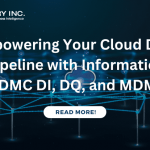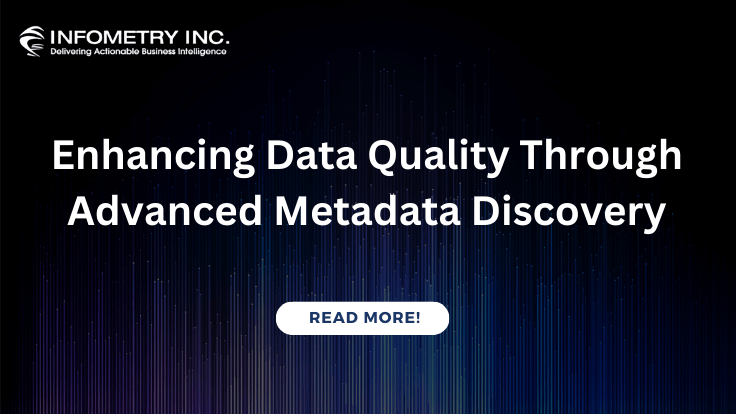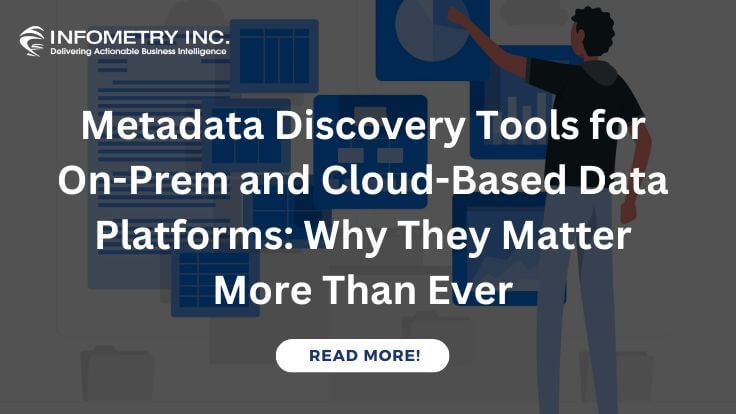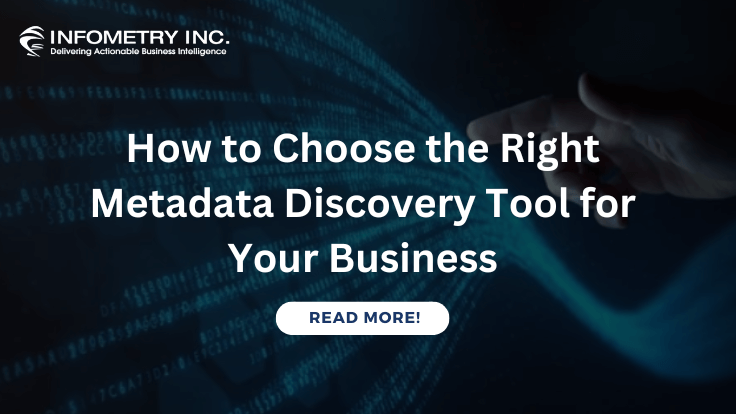
Empowering Your Cloud Data Pipeline with Informatica IDMC DI, DQ, and MDM
December 12, 2023
Snowflake vs. Informatica: Data Management Showdown
December 18, 2023In today’s rapidly evolving business landscape, organizations strive to enhance efficiency, streamline operations, and stay ahead of the competition. One powerful tool that has gained widespread recognition for its ability to facilitate seamless integration and connectivity is MuleSoft. This integration platform empowers businesses to integrate diverse applications and systems, automate workflows, and optimize data exchange. In this blog post, we will explore how MuleSoft can be leveraged to improve your business processes and drive operational excellence.
Understanding MuleSoft:
MuleSoft is an integration platform that provides a unified solution for connecting applications, data, and devices across on-premises and cloud environments. Its Anypoint Platform offers a comprehensive set of tools and services for designing, building, and managing APIs (Application Programming Interfaces) and integrations. MuleSoft follows an API-led connectivity approach, enabling organizations to create reusable and scalable integration assets.
Key Benefits of MuleSoft for Business Processes:
Seamless Integration:
MuleSoft allows businesses to connect disparate systems and applications, breaking down data silos. This seamless integration ensures that information flows freely across the organization, promoting real-time collaboration and informed decision-making.
Automation of Workflows:
MuleSoft facilitates the automation of complex business processes by orchestrating workflows across different applications. This automation not only enhances efficiency but also reduces the risk of manual errors, ensuring consistent and reliable outcomes.
Improved Data Quality:
By integrating data sources and enforcing data quality standards, MuleSoft helps organizations maintain accurate and up-to-date information. This leads to better-informed decision-making and ensures that business processes are built on reliable data.
Faster Time-to-Market:
With MuleSoft’s API-led approach, organizations can accelerate development cycles and bring new products and services to market faster. The reuse of APIs and integrations simplifies the creation of new applications and services, saving both time and resources.
Enhanced Customer Experience:
MuleSoft empowers businesses to create a unified view of customer data by integrating customer relationship management (CRM) systems, marketing platforms, and other customer-facing applications. This holistic view enables personalized and responsive customer interactions.
Steps to Use MuleSoft to Improve Business Processes:
Assessment of Current Processes:
Begin by conducting a thorough assessment of your existing business processes. Identify pain points, bottlenecks, and areas where improved integration could bring significant benefits.
Define Integration Objectives:
Clearly outline your integration objectives. Whether it’s streamlining order processing, improving customer support, or enhancing data analytics, having well-defined goals will guide the integration strategy.
API Design and Development:
Adopt MuleSoft’s API-led connectivity approach. Design APIs that encapsulate specific business functionalities and promote reuse. Develop APIs using MuleSoft’s Anypoint Studio, ensuring they align with your integration objectives.
Connectivity and Data Mapping:
Leverage MuleSoft’s connectors to establish connectivity with diverse systems and applications. Use data mapping tools to ensure seamless data flow between different endpoints, maintaining consistency and integrity.
Workflow Orchestration:
Design and implement workflow orchestrations using MuleSoft’s visual design tools. Define the sequence of steps in your business processes and automate the flow of data between connected applications.
Monitoring and Optimization:
Implement robust monitoring and analytics to track the performance of your integrations. Use MuleSoft’s management console to identify bottlenecks, optimize workflows, and ensure that your integrations continue to meet business requirements.
Security and Compliance:
Prioritize security and compliance throughout the integration process. Implement authentication, authorization, and encryption mechanisms to protect sensitive data. Ensure that your integrations adhere to industry-specific regulations and standards.
Training and Documentation:
Provide training for your development and operations teams to ensure they have the necessary skills to manage and maintain the integrated systems. Document your integration architecture, APIs, and workflows to facilitate future enhancements and troubleshooting.
Conclusion:
MuleSoft has emerged as a game-changer for organizations seeking to enhance their business processes through seamless integration and connectivity. By adopting MuleSoft’s API-led connectivity approach and following best practices in design and implementation, businesses can unlock new levels of efficiency, agility, and innovation. As technology continues to evolve, embracing integration solutions like MuleSoft will be crucial for staying competitive and driving business success in the digital era.




